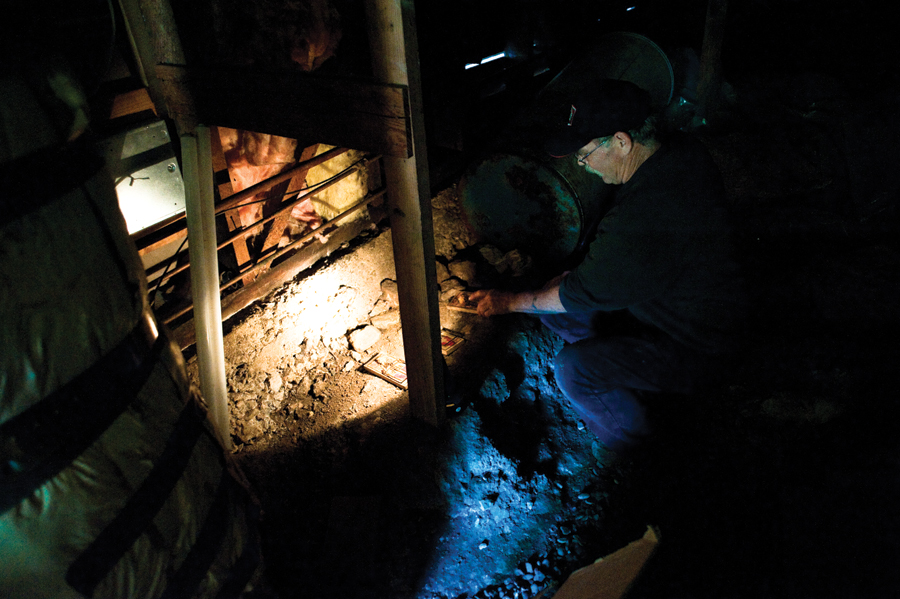A late-Autumn heat wave beat down on Woodacre one recent weekday morning as semi-retired pest exterminator Rick Nielsen cracked the seal on . . .
The Valley’s reputable menace to vermin


A late-Autumn heat wave beat down on Woodacre one recent weekday morning as semi-retired pest exterminator Rick Nielsen cracked the seal on . . .